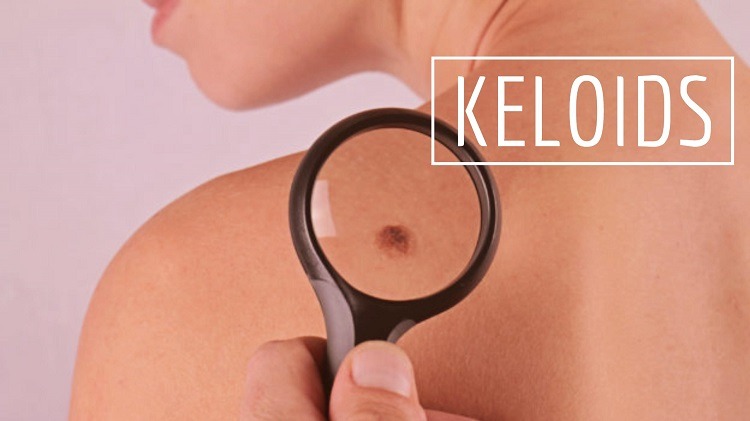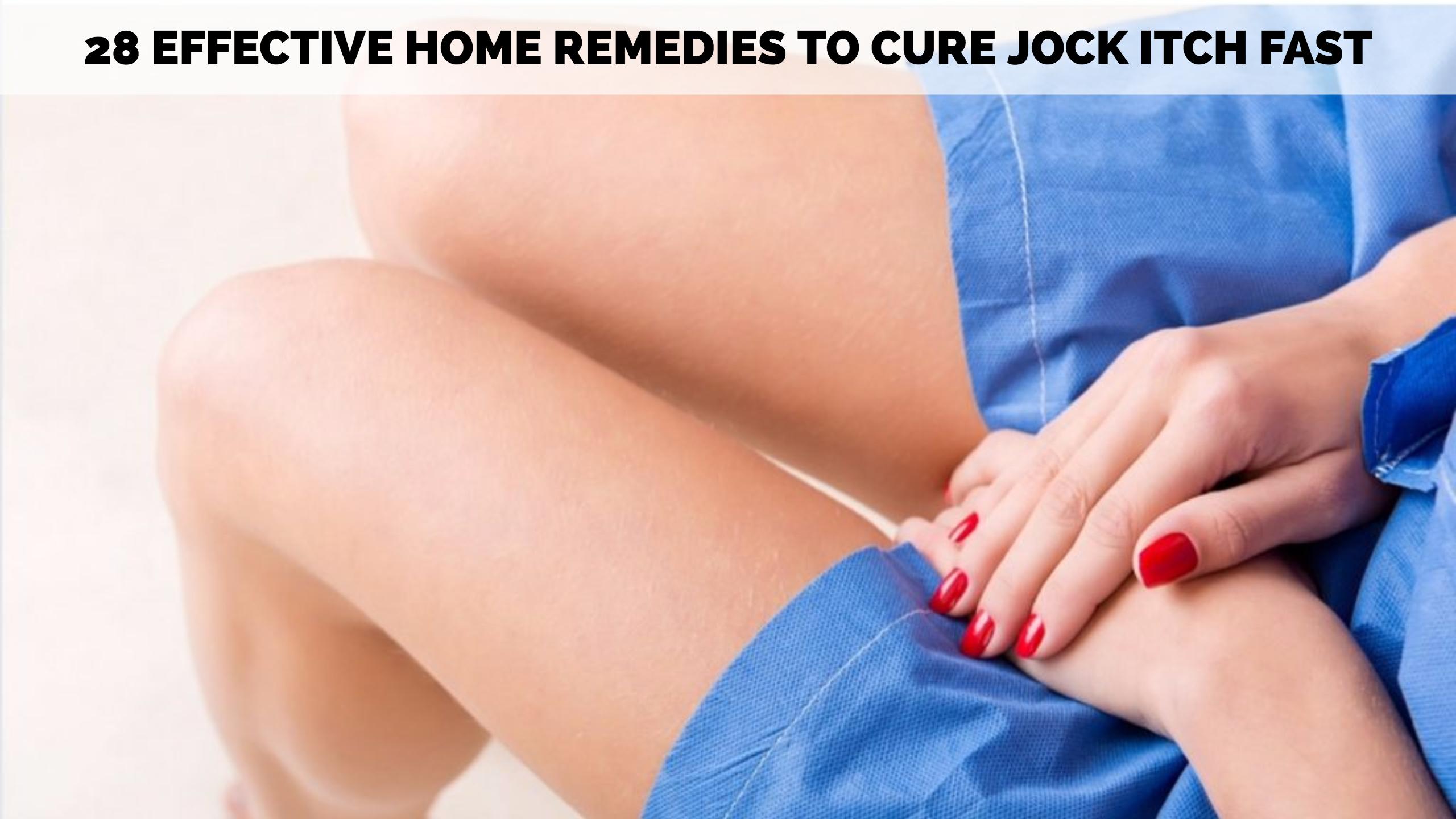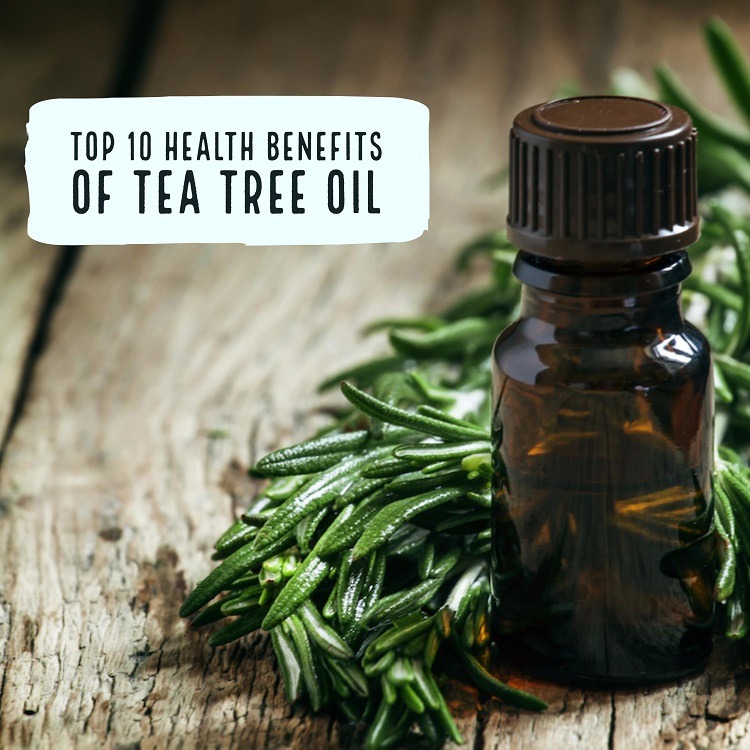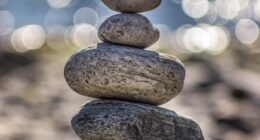 Keloids are referred to the abnormal growth of collagen fiber. Usually, scars left behind by any skin injury get healed within some time. But in some cases, due to excess collagen production the scar keeps on growing beyond the site of injury which is referred as keloids. They look like raised, flesh colored and smooth lumps.
Keloids are referred to the abnormal growth of collagen fiber. Usually, scars left behind by any skin injury get healed within some time. But in some cases, due to excess collagen production the scar keeps on growing beyond the site of injury which is referred as keloids. They look like raised, flesh colored and smooth lumps.
Though they are not dangerous or painful, keloids can cause itching sometimes. The presence of keloids make you look ugly. Generally, people opt for laser treatments or surgeries to remove them. But natural home remedies are also quite effective in reducing keloids at home. You may not see the result overnight but with regular follow up you will start seeing positive results in few weeks.
How to Get Rid of Keloids with Simple Home Remedies?
Here are the best 18 ways to deal with the keloids. Choose any one and try it regularly to get relief from keloids.
1. Apple Cider Vinegar
It is considered the most effective home remedy in treating keloids. Apple cider vinegar helps to shrink the keloids, kill the bacteria and minimize the redness.
- Clean the keloids with mild soap and water.
- Using a cotton ball, apply apple cider vinegar directly on the keloid.
- Massage the application gently to let it penetrate deeply into the skin.
- Leave it on to dry completely.
- Repeat the process as many times as you can for few weeks.
Note: If the direct application is causing irritation or burning sensation then dilute it with water.
2. Lemon Juice
The presence of vitamin C makes lemon juice one of the best ways to treat keloids. It helps to maintain the skin healthy and constricts the excess production of collagen.
- Extract juice from a lemon.
- Apply generous amounts of lemon juice on the keloid.
- Leave it to dry completely.
- Rinse with lukewarm water and pat dry.
- Repeat the process few times daily until you notice the results.
Note: If you are allergic to citrus, then avoid this process.
3. Baking Soda
The gritty and exfoliating nature of baking soda makes it effective in reduce the appearance of keloids. It reduces the swelling and boosts the healing process.
- Combine 1 part baking soda and 2 parts of hydrogen peroxide.
- Apply the mixture on the affected areas.
- Leave it to dry completely.
- Repeat the application 3 – 4 times in a day.
4. Aspirin for Keloids on Nose
Though it sounds weird, aspirin is considered an effective way of treating keloids. It shrinks the keloids if used carefully.
- Grind 3 – 4 aspirin tablets.
- Mix the aspirin powder with enough amounts of water to make a smooth paste.
- Spread a thick layer of the paste on the keloids.
- Let it dry completely.
- Rinse it off with water by gently massaging in circular motions.
- Pat dry and apply olive oil or coconut oil.
- Repeat the process once in a day.
Note: You can use lemon juice instead of water for added benefits.
5. Aloe Vera for Keloid and Keloid Scars
The anti-inflammatory properties of aloe vera reduce the swelling and shrink the keloids. It also keeps the skin hydrated and heals the damage. They prevent keloids from leaving a scar behind.
- Clean the keloids with mild soap and water.
- Extract aloe vera gel and apply it on the keloids.
- Leave it to dry completely.
- Repeat the application several times in a day.
6. Sandalwood
Sandalwood contains skin toning properties. When it is mixed with rosewater, it makes an amazing mask to get rid of keloids.
- Combine enough amounts of sandalwood powder and rosewater to make a thick paste.
- Clean the scar with water and pat dry.
- Spread a layer of the mixture on the keloids.
- Leave the application overnight.
- In the morning, wash off the application with lukewarm water.
- Repeat this method regularly for 1 or 2 months.
For added benefit: You can black gram powder into the paste.
7. Garlic
The fibroblast proliferation which leads to keloids is controlled and prevented by garlic. Apart from that, it also contains antibacterial and antiseptic properties.
- Apply enough amounts of garlic oil on the keloid.
- Leave it on for 10 minutes.
- Rinse off the application with lukewarm water.
- Repeat the process regularly.
- Alternatively, you can use garlic paste instead of garlic oil.
Note: If the application is causing unbearable irritation or burning sensation then wash it off immediately.
8. Honey
The humectant properties of honey moisturize and heal the skin. Apart from that, it also contains antibacterial properties and enough enzymes to maintain the skin healthy.
- Slather a layer of honey on the keloids.
- Massage for few minutes and leave it on for another few minutes.
- Rinse off the application with honey and pat dry.
- Repeat the process 2 – 3 times in a day.
9. Coconut Oil Massage
Simply massaging the scars also helps to reduce the appearance of keloids as it improves blood circulation in the area. Massaging also helps to remove the accumulated dead skin cells.
- Take enough amounts of coconut oil.
- Massage the coconut oil on the keloid for few minutes.
- Leave it on to dry completely.
- Repeat the process regularly.
Note: Similarly, you can use mustard oil or jojoba oil to treat keloid and prevent it from leaving a scar.
10. Tea Tree Oil for Earlobe Keloids
The amazing properties of tea tree oil inhibit the abnormal growth of skin cells and collagen. It also provides relief from swelling and itching.
- Clean the keloids with antibacterial soap and water.
- Using a cotton ball or Q-tip, apply tea tree oil directly on the keloid.
- Leave it on to dry completely.
- Repeat the process 2 times in a day.
Note: Once the keloid disappears, repeat the process once in a day for a month to prevent its recurrence.
11. Vitamin E Oil and Tea Tree Oil for Nose Ring Keloids
When vitamin E oil and tea tree oil are combined, it becomes a safe way to reduce keloid. It provides relief from the itching and swelling. This method also works for the keloid grown after nose piercing.
- Combine 3 drops each of vitamin E oil and tea tree oil.
- Using a cotton ball or Q-tip, apply the mixture on the keloids or nose piercing.
- Leave it to dry completely.
- Repeat the process 1 – 2 times in a day for at least 2 weeks.
12. Red Onion Extract for Chest Keloids
Onion juice is a proven method of controlling the excess collagen production. Apart from that it also reduces the color of the keloids to make it less noticeable.
- Crush 1 or 2 onions to extract its juice.
- Combine juice of 1 onion and 3 drops of vitamin E oil.
- Wash the affected area with mild soap and water.
- Apply the mixture on the keloids.
- Gently massage for a minute and leave it to dry completely.
- Repeat the process 3 times in a day until you notice the results.
13. Essential Oils Mixture for Keloids on Chest
Essential oils are one of the best ways to treat the keloids. They have many essential properties which help to reduce itchiness and regenerate the skin.
- Combine 1 part each of lavender oil, calendula oil and rose essential oil.
- Using a cotton ball or Q-tip, apply the mixture generously on the affected area.
- Wipe off the excess oil and leave it on for 30 minutes.
- Repeat this process daily for best results.
14. Witch Hazel
The astringent properties of witch hazel shrink the keloids and prevent it from scarring. It works best for keloids on nose piercing.
- Wash the keloids with mild soap and warm water.
- Apply witch hazel on keloids for 3 times in a day.
- Leave it on to dry completely.
- Repeat the process 3 times in a day until you see the results.
Note: You can use the same silicon sheet until it wears off.
15. Lavender Oil
The rejuvenating properties of lavender oil cure the keloids by increasing the cell turnover rate and preventing it from leaving a scar behind.
- Combine equal amounts of lavender and tea tree oil.
- Apply the mixture on keloids.
- Leave it to dry completely.
- Repeat the application several times in a day.
Note: You can use olive oil instead of tea tree oil.
16. Fuller’s Earth
Fuller’s earth is helpful in treating and fading off any scars including keloids.
- Combine 1 tablespoon fuller’s earth, 1 teaspoon each of rose water and lemon juice.
- Apply the paste on the scarred area and massage it gently for a minute.
- Let it dry completely. Now, add another layer of the paste.
- Leave it on for 10 – 15 minutes.
- Rinse the area completely.
- Repeat this process regularly until you notice the results.
17. Indian Gooseberry for Keloid Scars
As per Ayurveda, the combination of Indian gooseberry and honey is the most effective way in reducing keloid scar.
- Grind 1/8 cup of gooseberries (deseeded) and 1 tablespoon of honey.
- Apply the paste on the keloid.
- Massage it gently for few minutes.
- Leave it on for an hour and rinse with cool water.
- Repeat the process 3 times in a day.
18. Salt Solution Soak
- Clean up the keloids thoroughly.
- In a bowl, combine 1/4 teaspoon of salt into 2 cups of warm water.
- Mix well and soak the affected area in the solution. If the soaking is not possible, then dip a cotton ball in the solution and place it on for keloid.
- Leave it on for few minutes and rinse with water.
- Repeat the process 2 times in a day.
Note: For this process, you can use either Epsom salt or sea salt.
Tips and Precautions:
- Applying calendula gel or cream 2 times in day helps to reduce the swelling and boost the healing process.
- Zinc deficiency can lead to the development of keloids. Increase zinc content in your food to treat and prevent keloids.
- If you have a keloid on nose piercing, then avoid replacing the jewelry until you completely heal the keloid.
- Seek medical attention if you have fever or if the keloids are oozing out smelly discharge.
- Take care of the skin injuries to prevent scarring and infection. Clean the wounds, apply antibiotic cream and change the bandage frequently. This helps to prevent the formation of keloids.
- Avoid scratching the keloids as they worsen the condition.
- At the first sight of keloid formation, apply petroleum jelly on it. Repeat the application daily to control and prevent its growth.
- Even after following the methods for few months, if the keloids don’t get reduced then consult a doctor immediately.
Have you tried using home remedies to treat keloids? Share your experience, suggestions and queries in the comments section below.









